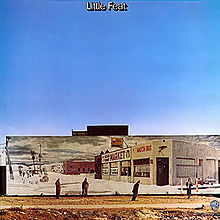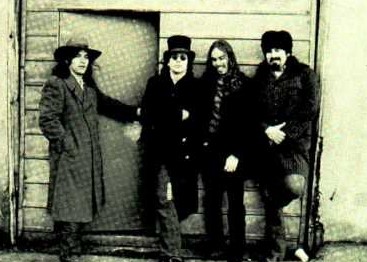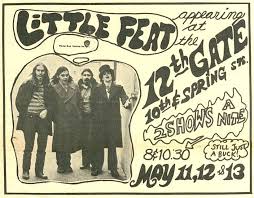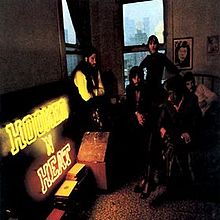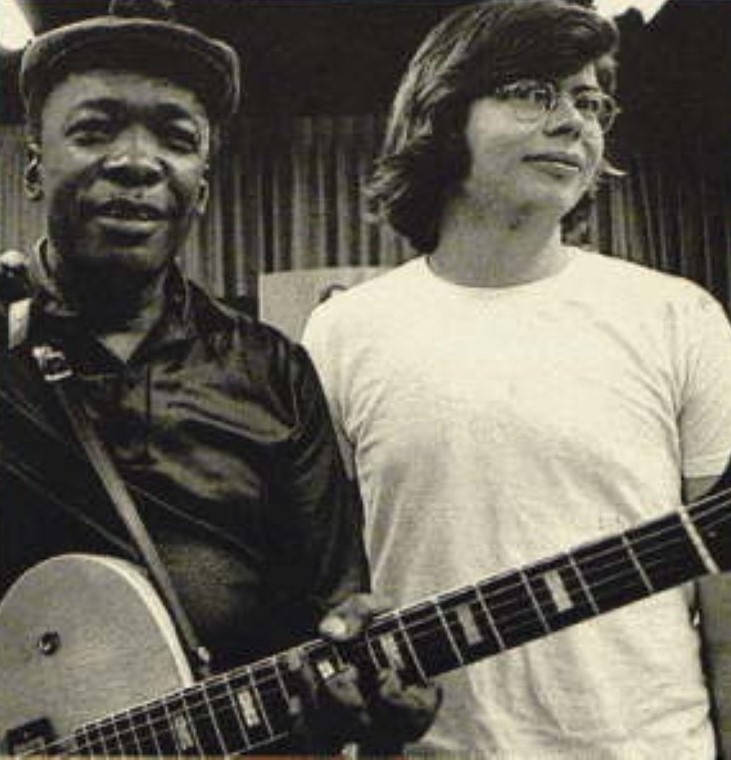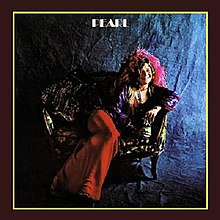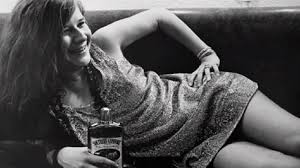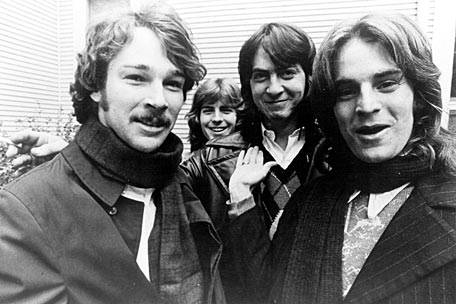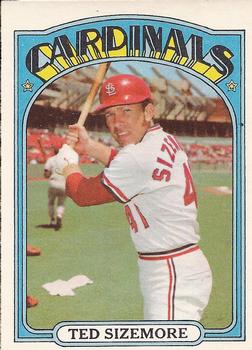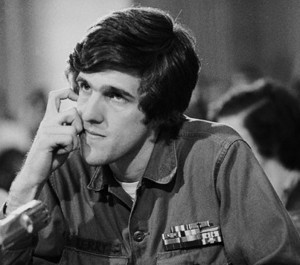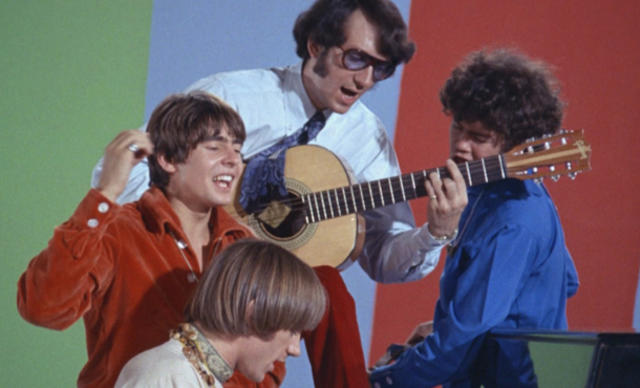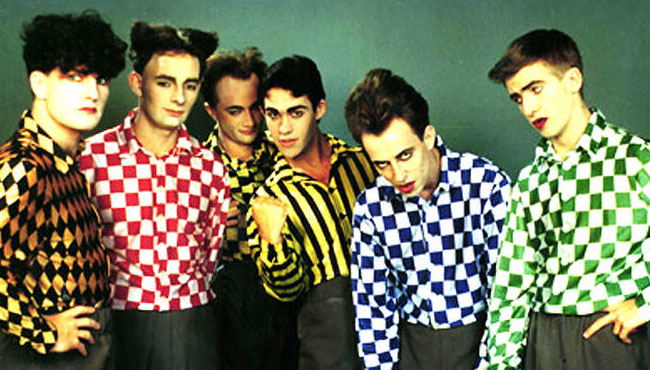A swing and a miss! And that’s a winner! That’s a Winner! A World Series Winner for the Cardinals! -Jack Buck
I was eleven years old in the summer of 1982. Other than my family and friends, the only things that really mattered to me were music (the Beatles, mostly) and baseball (the St. Louis Cardinals, mostly). I was becoming interested in girls, but it was still (mostly) limited to flirting at the city pool or movie theater. I was a decent ballplayer myself. Mind you, this was in our small-town Parks and Recreation league as opposed to the hyper-competitive travel leagues that have taken hold in so many communities these days. Still, I probably hit in the upper .300’s and was a steady middle infielder. Good enough to sport baseball pants and stirrup socks in my games when most of the kids wore jeans. It’s kind of embarrassing to think about now, but I was trying to be Big Time in the small time. But without question, the most exciting story of that summer and fall was the Cardinals chasing and ultimately winning their first World Series in my lifetime. They hadn’t even been to the playoffs in my life, let alone a World Series. Sadly, the man who clinched the Series with a high fastball strikeout of the Brewers’ Gorman Thomas, Hall of Famer Bruce Sutter, passed away yesterday at the age of 69.
The Major League season was well underway by the time my little league team formed that spring, and being the impressionable youth I was I decided I was going to mimic Cardinals leadoff hitter Lonnie Smith’s somewhat closed batting stance. I couldn’t put the bat on the ball to save my life the first couple of practices, so I went the opposite extreme and opened my stance almost completely like Cards catcher Darrell Porter. That worked much better, but I ended up somewhere in the middle. That is, my stance was like 99% of small-town little leaguers whose parents didn’t employ private hitting instructors (nobody had private hitting instructors). In the open space beyond my backyard that we simply called “the park,” I attempted to throw what I understood to be Sutter’s split-fingered fastball in Wiffle Ball battles with my next-door neighbor. I certainly couldn’t do it with a real baseball.
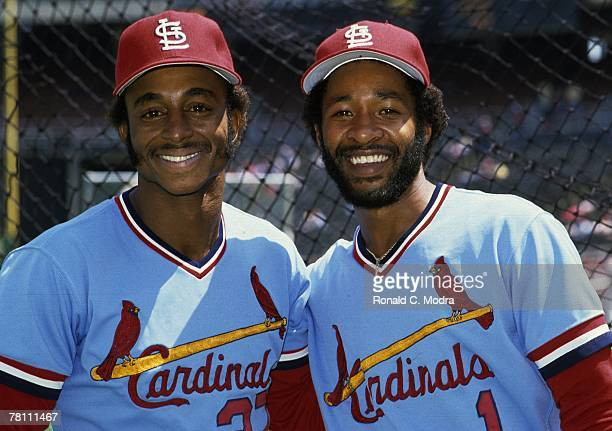
By June of that year, it was apparent that something was different with this Cardinals team. In the days before every game was shown on TV, the Cardinals were featured more and more on the NBC national Game of the Week on Saturdays. (My Saturday morning schedule: The Bugs Bunny/Roadrunner Show, then The Baseball Bunch, followed by This Week in Baseball with Mel Allen, then the NBC Game of the Week pre-game show.) National broadcasters such as Joe Garagiola talked about the Redbirds in ways that made me realize my team might really be a contender. I grew up in central Missouri, but we got the St. Louis TV channels and were able to watch all the local broadcasts. Cardinals fans were fortunate to have announcers like Jack Buck and Mike Shannon. Since these were also the days before home games were shown on local broadcasts, I was very used to listening to games on the radio. I enjoyed it, actually. I would even listen to rain delays on the radio because they would tell endless funny and interesting stories to pass the time, sometimes joined by broadcasters from the opposing team. I was sitting at the kitchen table one afternoon that August listening to a game vs. the Giants on a transistor radio when backup catcher Glenn Brummer stole home to win the game. I definitely knew something was in the air then. The Cardinals were really in a pennant race!
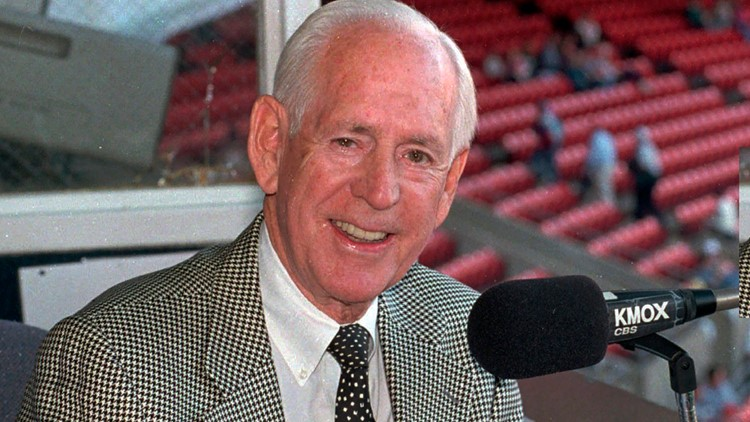
That 1982 team was far from perfect, but to a naive kid such as I was, they were gods. I’m glad my perception wasn’t spoiled by the apparently publicly known clubhouse issues involving the likes of the aforementioned Smith and Porter, as well as Keith Hernandez. To me, they were larger-than-life major leaguers who wore the Birds-on-the-Bat. And of course, there was Ozzie, “Silent George”Hendrick, Tommy Herr, rookie Willie McGee, Joaquin Andujar, Ken “O-B-Wan” Oberkfell, and lots of role players manager Whitey Herzog knew how to employ in just the right spots at just the right times. One player whose role was a no-brainer was relief pitcher Bruce Sutter. I didn’t know until reading it this morning that the Cardinals had acquired him, somewhat coincidentally in my world, on December 9, 1980. I know that was a Tuesday because John Lennon had been murdered the night before and it was announced to the world by Howard Cosell on Monday Night Football.

This was still a time when starters were depended upon to pitch 7-8 innings, then there might be one middle reliever, sometimes two if the starter was particularly bad that night, then the closer if a team was fortunate enough to have a good one. Bruce Sutter – a.k.a. “Engine 42” – was that guy. If the Cards could get to the eighth or ninth inning with a lead and turn it over to Bruuuuce!, it was lights out, the party’s over.
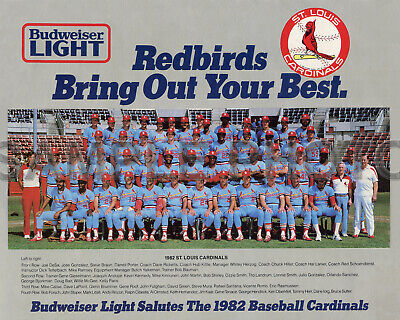
A couple months ago, the Cardinals held a 1982 team reunion (40th!), and those who attended were paraded around Busch Stadium III for fans to salute. For some reason, I was shocked at how much some of them have aged. Could it be that I too am forty years older? Sutter was not in attendance and there was talk that he wasn’t in very good health. Some of those who weren’t there are also no longer with us. Darrell Porter, Bob Forsch, David Green, and Joaquin Andujar passed in recent years, and now Bruce Sutter. The Cardinals have had their share of good seasons subsequent to 1982. Watching them win it all with my then-young sons from a hotel room in 2011 is a memory I’m grateful for. But for me, 1982 will never be topped. It was pure joy for a baseball-mad eleven-year-old. My wife and I will likely go out for dinner this evening, and I will make a point of ordering a cold, frosty Budweiser and saluting Bruce Sutter and the 1982 St. Louis Cardinals. R.I.P., Bruce, and thanks for the incredible memories.
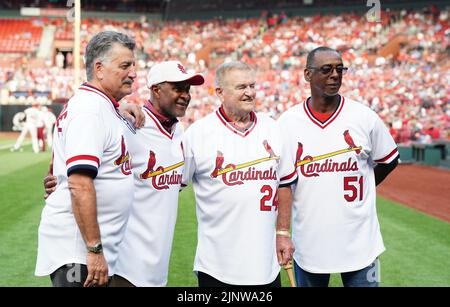

-Stephen
https://www.espn.com/mlb/story/_/id/34795140/hall-fame-reliever-cy-young-winner-bruce-sutter-dies
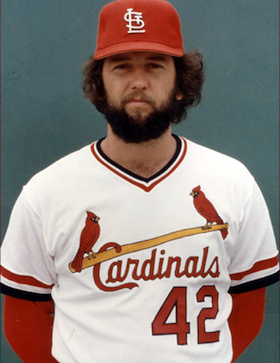








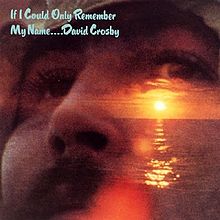

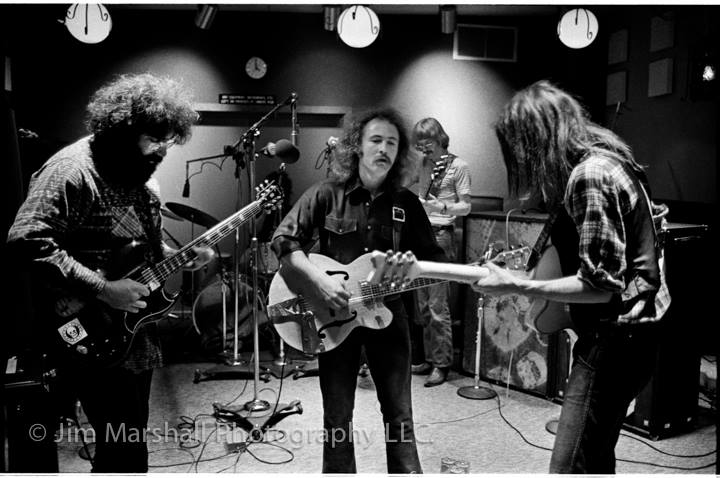
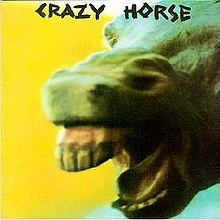

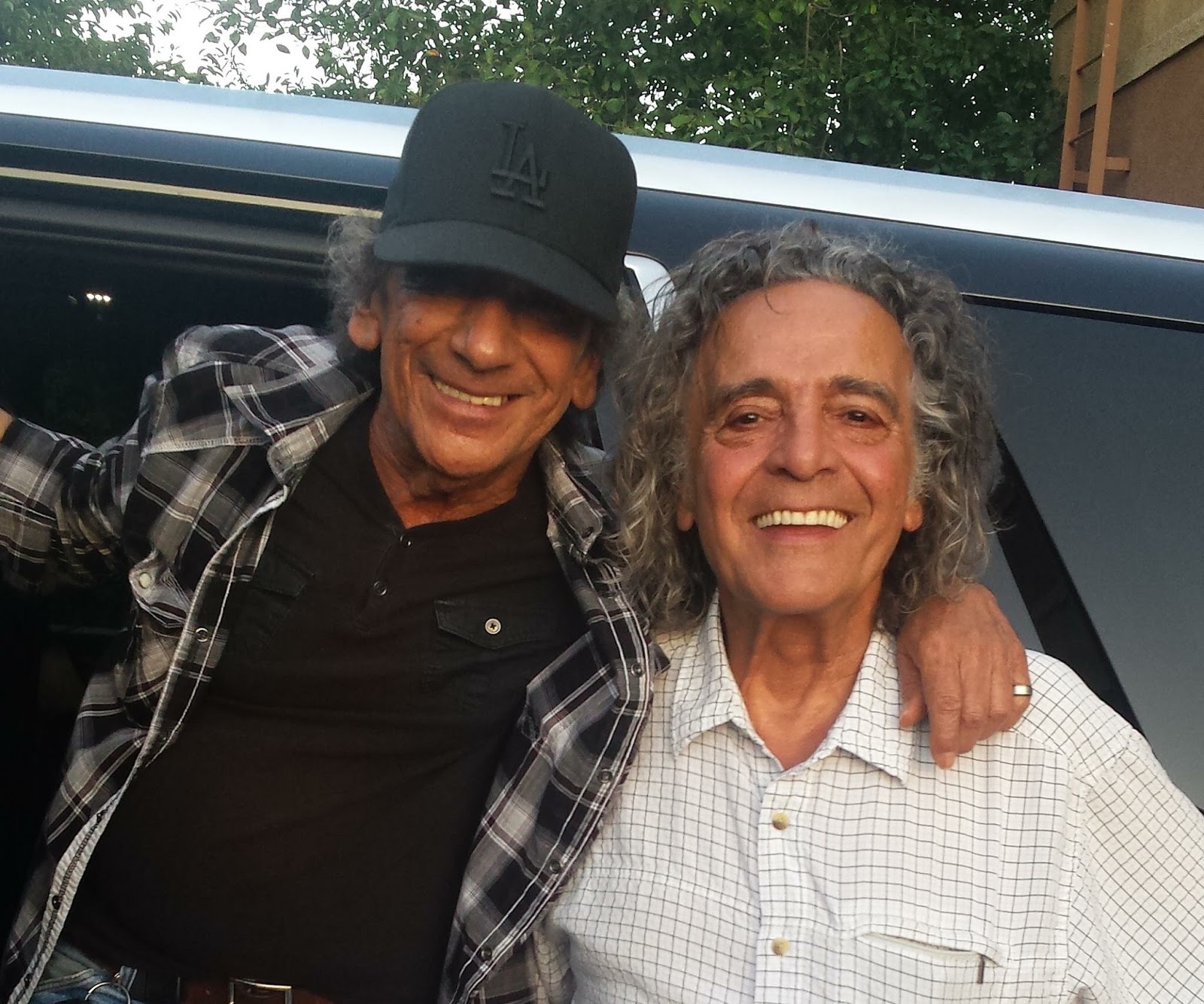
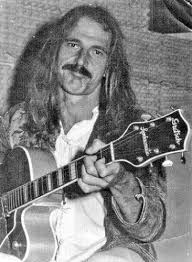
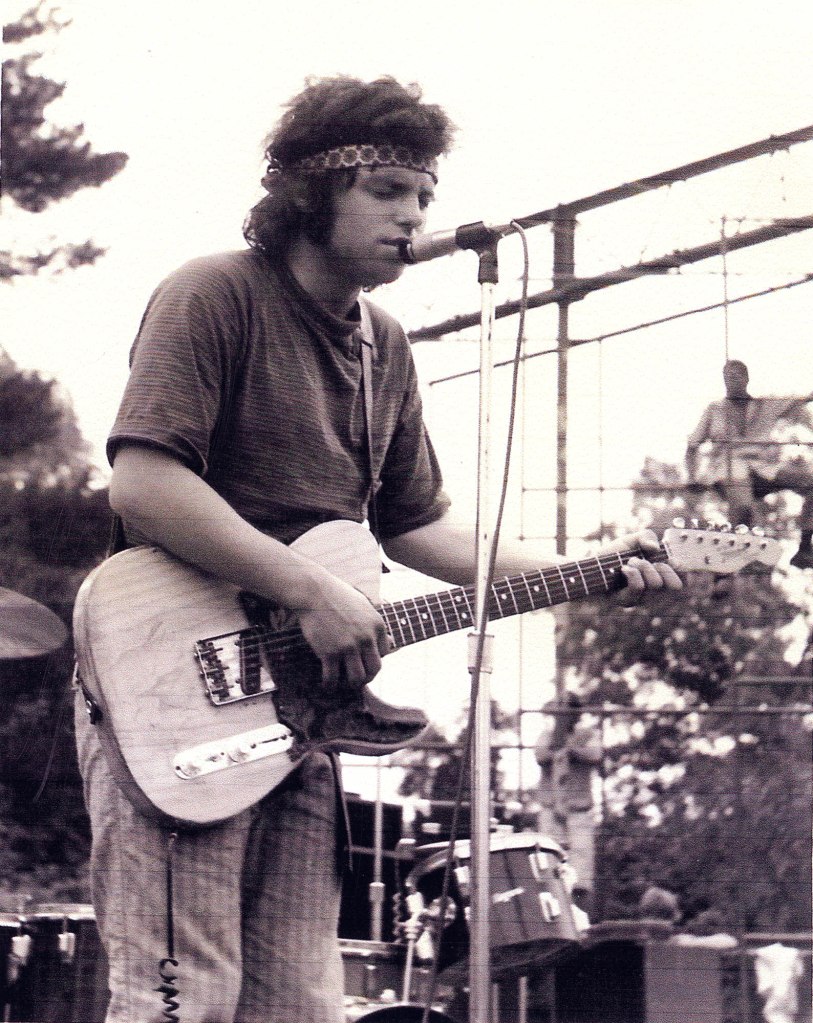

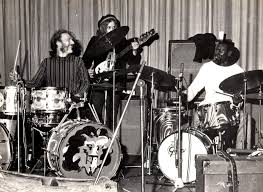
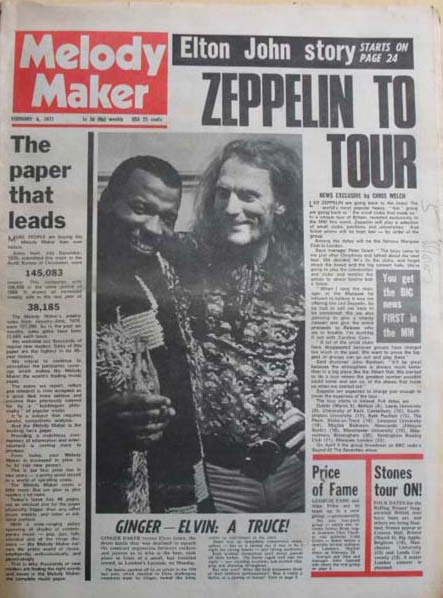
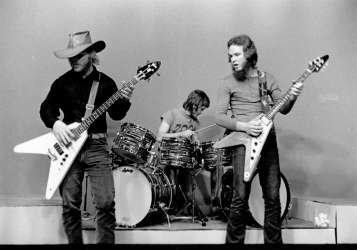

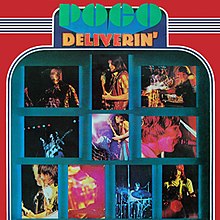

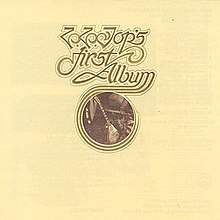
/cdn.vox-cdn.com/uploads/chorus_image/image/65817301/Screen_Shot_2019_12_03_at_1.20.46_PM.0.png)



